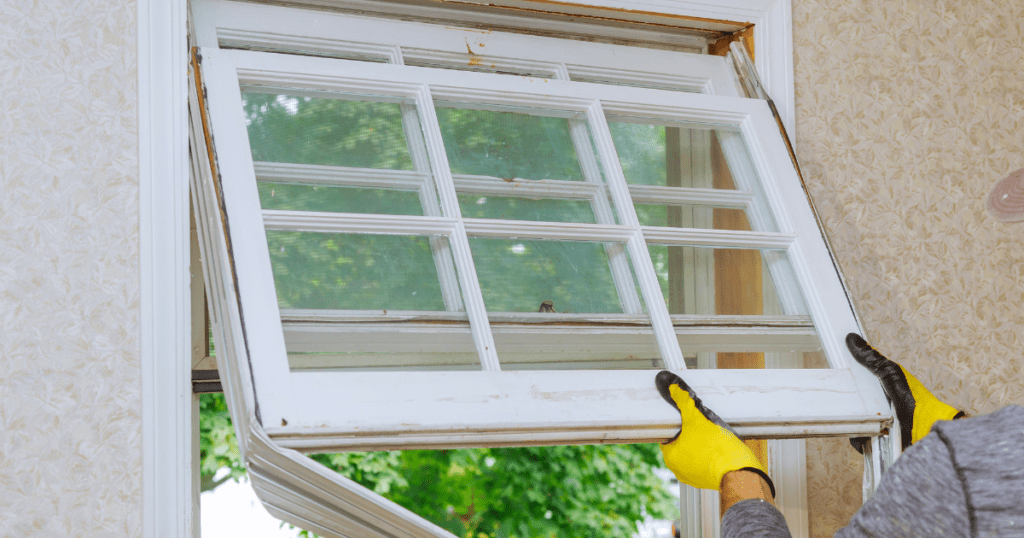Although insulation is meant to provide year-round comfort in your house, its efficiency can diminish with time. Fiberglass and cellulose insulation may sag or compact over time, leaving gaps where air can escape or enter your home.
As a result, you may observe increased energy bills or rooms that feel warmer or colder than others. Here are some indicators that your insulation might require replacement:
If you suspect your insulation needs a refresh due to these signs, consider contacting Diamondback Plumbing and Cooling for expert help.
1. High energy bills
Effectively insulating your home is key to increasing its energy efficiency since heating and cooling account for most of its energy usage in keeping occupants comfortable; air can easily escape through gaps, seams, or holes within its structure.
Insulation deficiencies or damage are a leading cause of high energy bills. Over time, as your home’s insulation degrades and loses its R-value, drafty rooms and higher energy consumption ensue.
One way to identify whether your insulation requires replacement is to observe temperature differences between rooms in your house. If one floor seems significantly warmer or cooler than another, this could indicate insufficient attic insulation, which may need adding.
An experienced home energy assessor can help determine how much insulation needs replacing as part of a comprehensive whole-house assessment; this provides a cost-effective and straightforward method for cutting energy costs.
2. Uncomfortable rooms
Over time, traditional insulation may become less effective, especially in older homes with blown-in fiberglass or cellulose insulation that has settled and created spots where air movement escapes the home. A drafty bonus room or home that feels hot and cold indicates that there may be an issue.
Inadequate attic insulation permits heat and cold air to pass easily from the attic to the living areas, putting undue strain on your HVAC system to maintain suitable temperatures. If your temperatures seem unpredictable and can’t stabilize themselves, having an expert look into it might help provide clarity.
Drafty areas in your home can allow outside air into your space, reducing efficiency and leading to other issues like increased energy bills. Replacing old insulation with new insulation is an effective way of keeping conditioned air inside – keeping you and your family more comfortable all year round and helping reduce energy bills!
3. High moisture levels
Insulation is an integral component of the home, yet it’s vulnerable. Insulation may become damaged from water damage, pest infestation, severe weather, or dirt or dust entering crawl spaces.
Moisture levels in insulation can play a pivotal role in its degradation over time, as moisture encourages mold, mildew, and bacteria growth that may pose health threats to you and your family.
Moldy or wet insulation must be promptly replaced as soon as it becomes wet since its insulation properties will quickly diminish when submerged in liquid. Furthermore, dampness encourages the growth of fungi that release mycotoxins into the air.
Wet insulation fails to trap air in its tiny crevices and pockets as intended, resulting in decreased energy efficiency for your home. It is, therefore, imperative to replace your attic insulation as soon as signs of dampness or wetness appear to avoid creating potentially hazardous situations that may otherwise arise.
4. Unpleasant smells
Insulation may emit foul smells if exposed to moisture for an extended period, especially if damaged by mold growth. Moldy insulation releases harmful spores into the air that could harm family members, so it’s crucial that affected insulation be replaced as soon as possible.
Insulation is essential in keeping outside noise at bay and inside air from escaping your home. Suppose the temperature varies across rooms or you hear constant outside noise. In that case, this may be an indicator that there is not enough insulation – leading to higher energy bills, uncomfortable rooms and reduced air quality.
5. High temperatures
Insulation’s primary role is to slow the transfer of heat between spaces. While insulation does an effective job of doing this, over time, its effectiveness decreases and needs replacing.
If your energy bills show spikes that can’t be explained otherwise, or temperatures within your home increase considerably during summer, your house might not be getting enough insulation and needs updating immediately.
Traditional insulation materials like fiberglass and cellulose insulations typically last 80 to 100 years, depending on the type. Unfortunately, over time, these products deteriorate, leading to drafty rooms and decreased functionality and R-values.
Damaged insulation can create serious health concerns for residents of your home, such as rodent infestation and mold growth (which poses serious threats to indoor air quality). If any of the signs above indicate it’s time for insulation replacement in your home, contact local insulation professionals immediately – they will offer quotes tailored to your climate, budget and needs.
